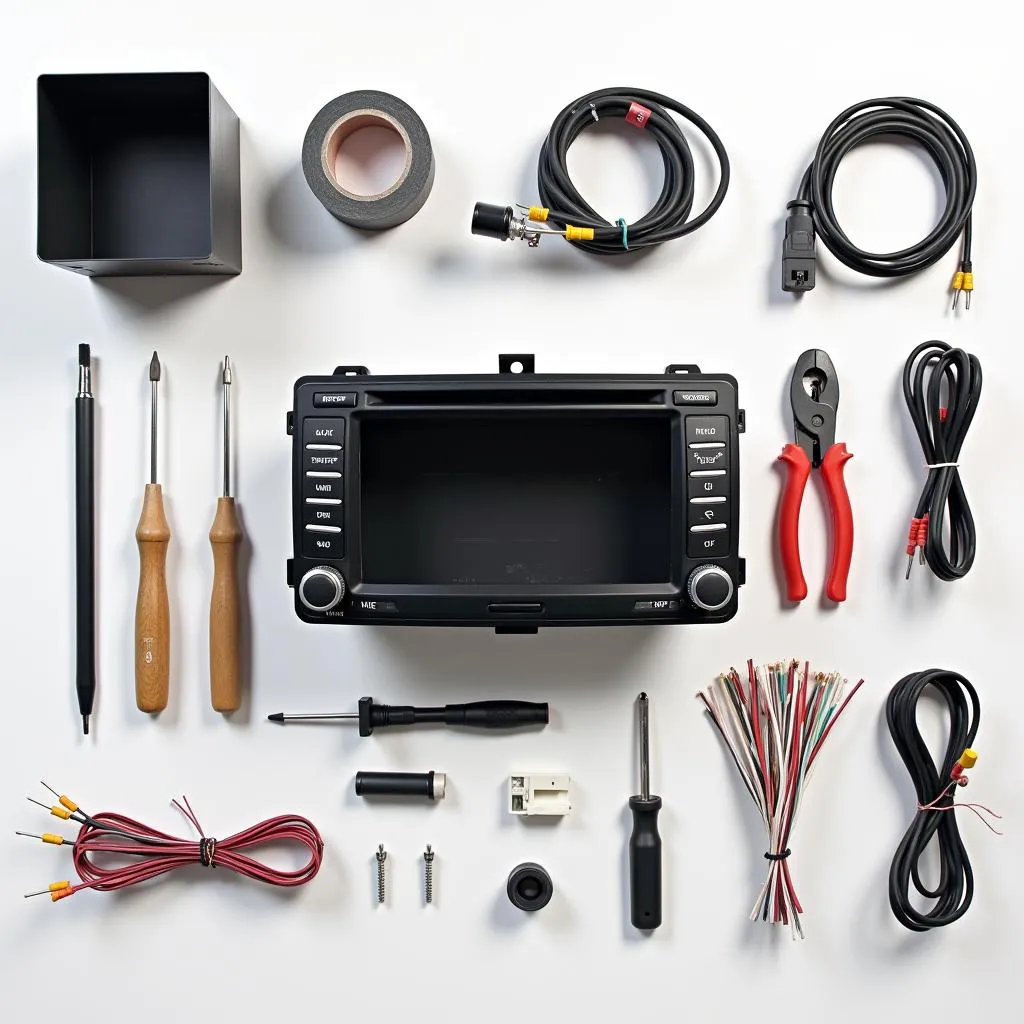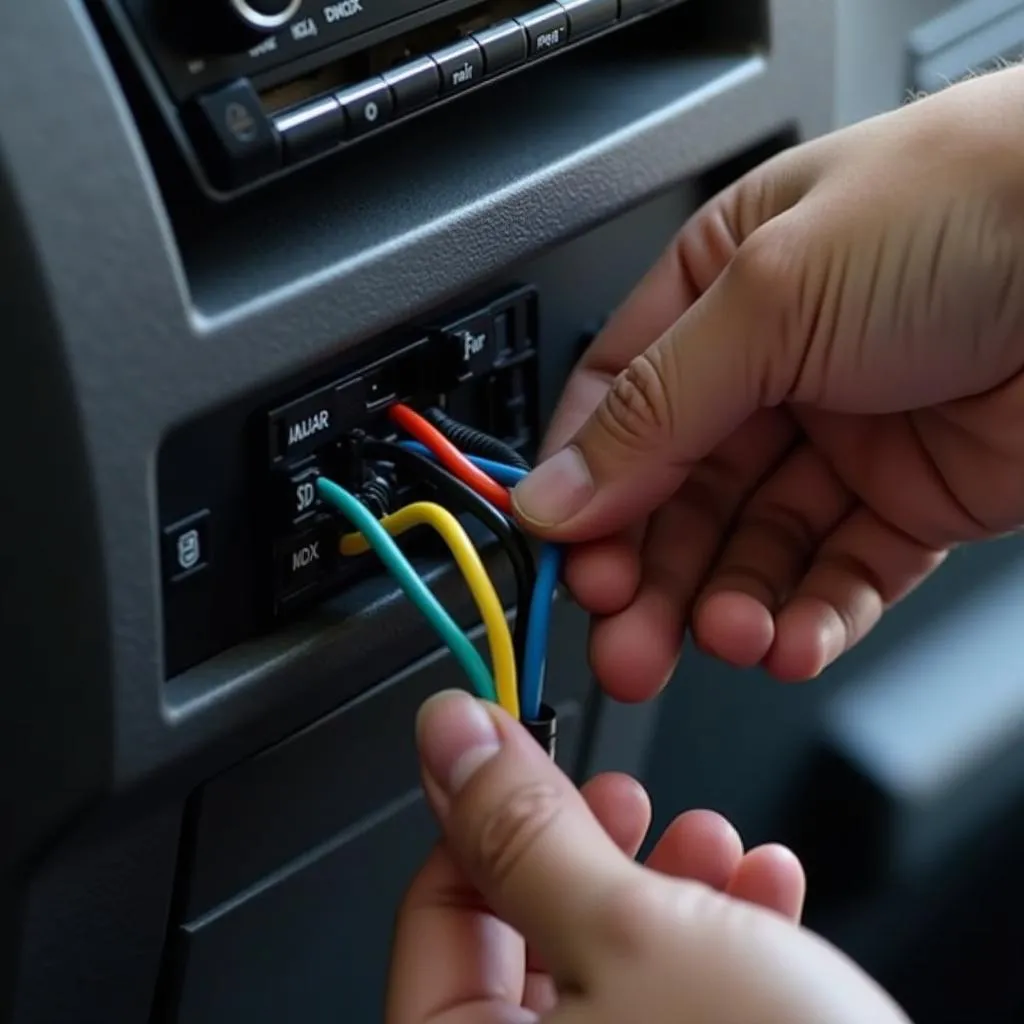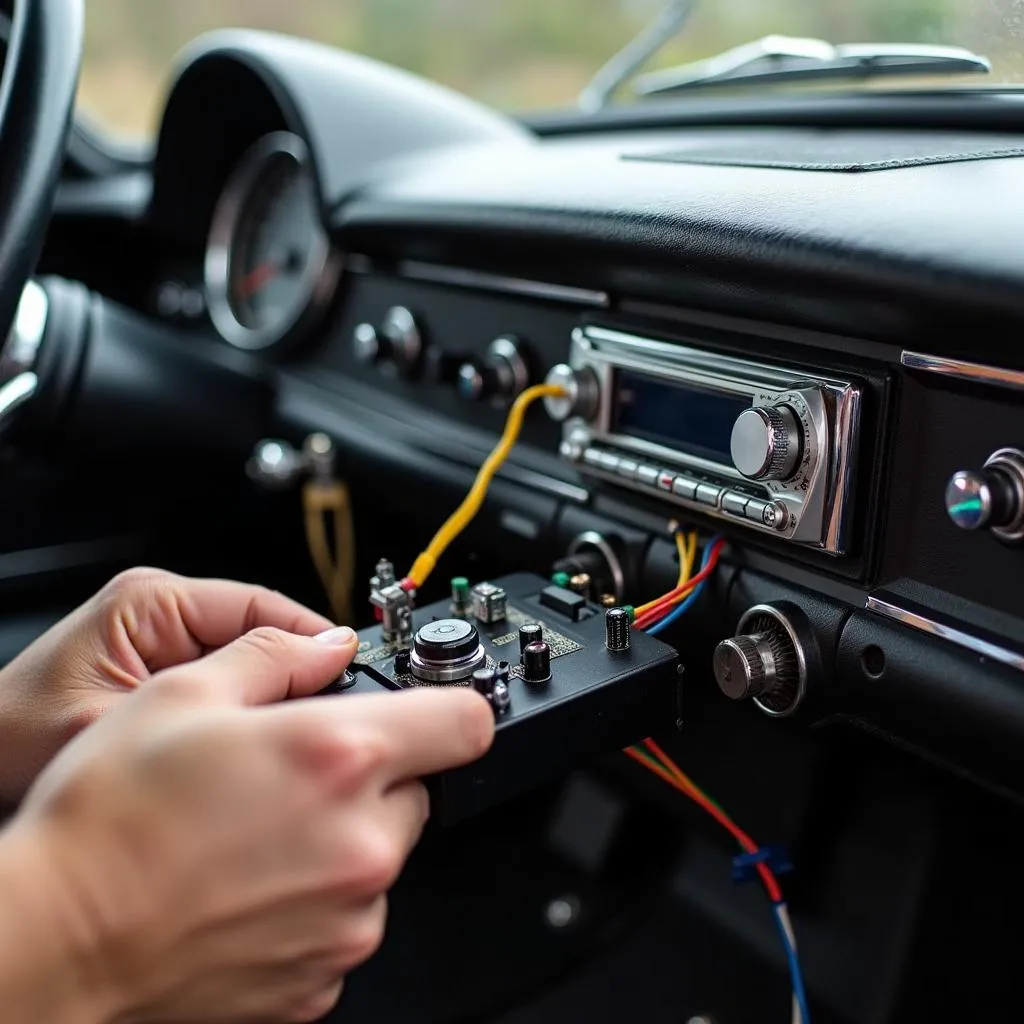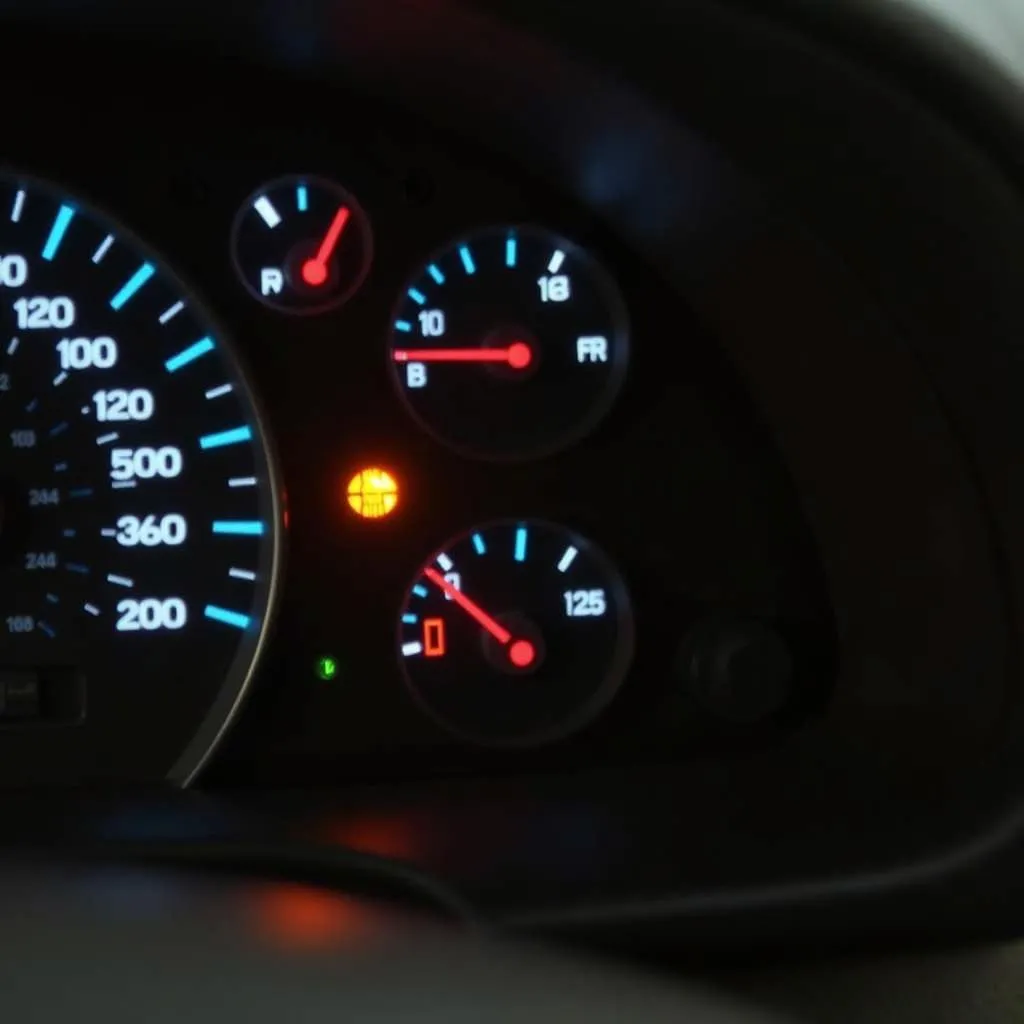Upgrading your car radio can dramatically enhance your driving experience. It’s a job that can be done by DIY enthusiasts or automotive professionals looking to expand their skillset. Whether you’re aiming for better sound quality, enhanced connectivity, or a more modern look, this comprehensive guide will walk you through the steps to seamlessly install a new car radio.
Understanding the Basics
Before diving into the installation, it’s crucial to grasp the basics of car audio systems.
Common Car Radio Problems
A faulty car radio can present a variety of issues, ranging from minor inconveniences to major distractions. Some common problems include:
- No power: A dead radio is often the first sign of a blown fuse, wiring issue, or a problem with the radio itself.
- Poor sound quality: Static, distortion, or weak signals can point to damaged speakers, loose wiring, or a failing radio unit.
- Connectivity issues: Bluetooth pairing problems, intermittent auxiliary input, and malfunctioning USB ports can stem from internal software or hardware issues.
Understanding the root cause of these problems is essential for determining the appropriate solution, whether it’s a simple fix or a complete radio replacement.
Diagnosing the Issue
Before concluding that your radio needs replacement, it’s wise to perform some basic troubleshooting.
Software Issues: In many cases, what seems like a hardware problem can be resolved with a simple software update. Car manufacturers often release updates to improve functionality and fix bugs.
Hardware Checks: Inspect the fuses related to the car radio. A blown fuse is a common culprit for a non-functional radio. If the fuses are fine, visually inspect the wiring harness at the back of the radio for any loose connections or damage.
If software updates and visual inspections don’t resolve the issue, it’s likely time for a replacement.
Preparing for the Installation
Once you’ve decided to install a new radio, gather the necessary tools and components.
Tools You’ll Need
- Screwdrivers (Phillips and flathead)
- Panel removal tools
- Wire strippers and crimpers
- Electrical tape
- Multimeter (optional but recommended)
- Wiring harness adapter (if necessary)
- Antenna adapter (if necessary)
Choosing the Right Radio
Selecting the right radio for your car model is crucial. Consider factors like size (single-DIN or double-DIN), features (Bluetooth, Apple CarPlay, Android Auto), power output, and compatibility with your car’s existing wiring and speakers.
 Car radio installation tools
Car radio installation tools
Installation Steps
Now, let’s dive into the installation process:
-
Disconnect the Battery: Begin by disconnecting the negative terminal of your car battery. This step is crucial to prevent electrical shorts during the installation.
-
Remove the Old Radio: Using the panel removal tools, carefully pry open the dashboard panels surrounding the old radio. Unscrew the mounting screws holding the radio in place, then gently slide it out. Disconnect the wiring harness and antenna cable from the back of the old radio.
-
Prepare the Wiring: If your new radio requires a wiring harness adapter, connect it to the car’s wiring harness, matching the color codes. If you’re unsure about the wiring, consult your car’s wiring diagram or seek professional assistance.
-
Connect the New Radio: Connect the wiring harness and antenna cable to the new radio. Securely mount the radio in the dashboard using the provided mounting brackets or cage.
-
Test the Connection: Reconnect the negative battery terminal. Turn on the car’s ignition and test the new radio’s functionality. Ensure all speakers are working, the radio is receiving signals, and all features are operational.
-
Finalize the Installation: Once you’ve confirmed that everything is functioning correctly, carefully tuck away any excess wiring and reassemble the dashboard panels.
 Connecting car radio wiring
Connecting car radio wiring
Common FAQs
Q: Can I install a new radio myself?
A: Yes, installing a car radio is a manageable DIY project. Having the right tools, information, and patience will significantly increase your chances of success.
Q: How do I know if my new radio is compatible with my car?
A: Consult your car’s manual or a car audio specialist. They can advise on compatible radio sizes (DIN), wiring harnesses, and antenna adapters.
Q: Do I need any special tools to remove the dashboard panels?
A: Using dedicated panel removal tools will minimize the risk of damaging your dashboard. These tools are inexpensive and available at most auto parts stores.
Q: What is a CAN bus, and do I need to worry about it?
A: A CAN bus is a communication system in modern vehicles. Some aftermarket radios require an adapter to interface with the CAN bus, ensuring compatibility with steering wheel controls and other vehicle systems.
Conclusion
Installing a new car radio can be a rewarding experience, providing a significant upgrade to your car’s entertainment and connectivity features.
For expert assistance, CARDIAGTECH offers a range of automotive diagnostic and programming services, including software installations and troubleshooting. Contact us today for a seamless and professional installation experience.
Remember to always refer to your car’s manual and seek professional help if you encounter any difficulties during the installation process.


